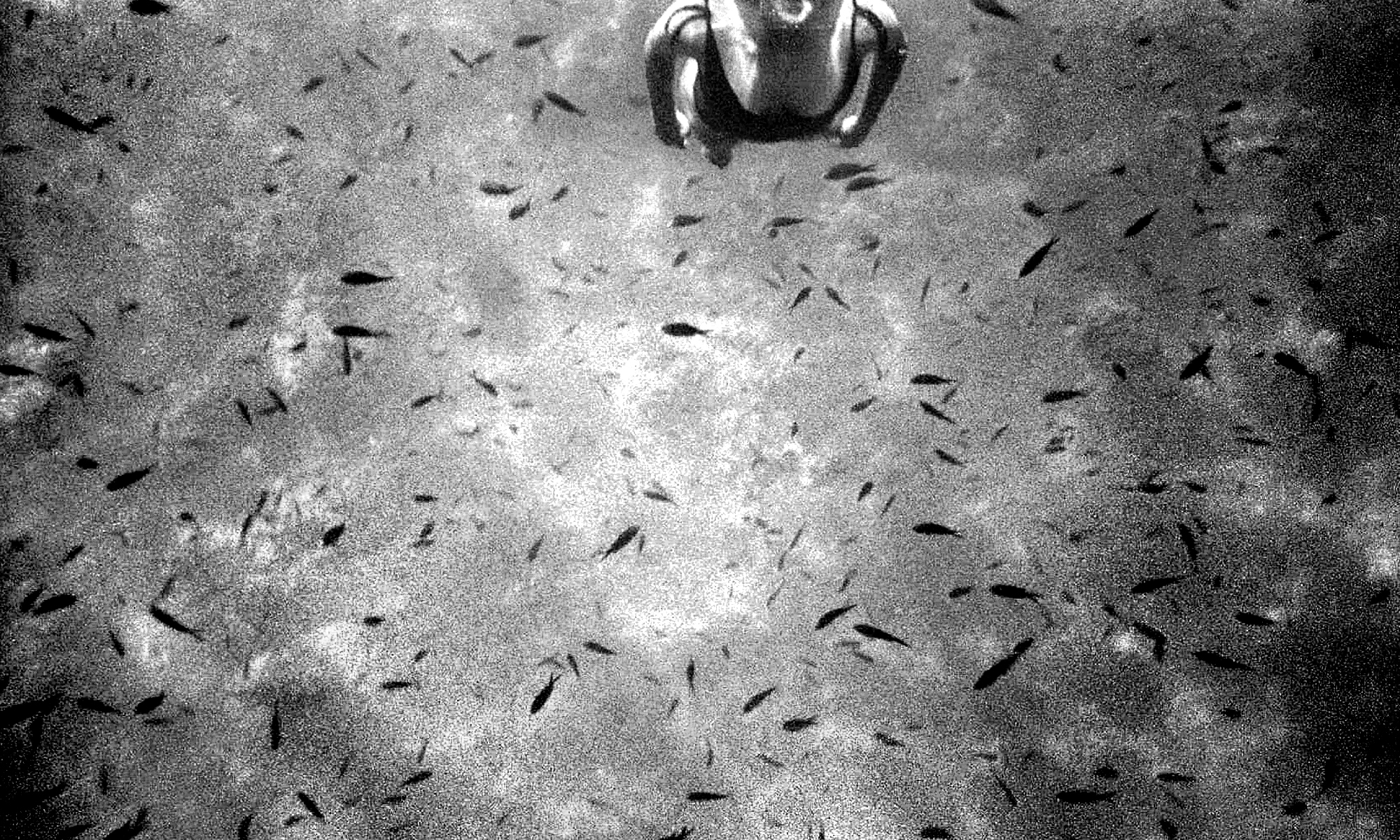Back in 2014 I started a portrait project that took me five years to complete, a task that I felt was achieved only when I reached a high number of decent pictures – high enough for the idea behind the project to be fully expressed. Yet until 2018, the project was only partial: Giuditta Fullone came into it by drawing her own interpretations of the portraits – adding a further meaning to the images. And on January 25th 2020 we made an exhibition in Milan: Silenzio eloquente.
Continue reading “How I made my second exhibition (and two more were postponed or cancelled due to COVID-19).”How I walked around Tōkyō (twice) for unusual pictures.
During my latest trip to Japan I decided to make a small photo-project based on infrared pictures of brutalist buildings around Tōkyō. I previously did much research on which buildings to photograph, and Blue Crow’s map really helped me. I ended up drawing a sketch map of the route I would have taken, to understand whether it would have been possible to make it in just one day – also considering that I would have been able to make it only during the first few days in Kyōto, since they were more relaxed. Luckily I managed to plan a round trip around the city starting from outside the Tōkyō station and ending a few train stops from it, and taking the shinkansen back in the evening proved to be easy.
Continue reading “How I walked around Tōkyō (twice) for unusual pictures.”How I had (a rough time choosing 15 pictures for) an exhibition with a friend.
Back in June 2016 me and a friend, Pietro Consolandi, decided to consider making a joint photo exposition – focusing on the pictures we took during our respective trips to Japan in that same year: I went with a friend for new year’s eve holidays while he went later in spring by himself.
We both had also previously been to Japan – my first trip was by myself, his in a group – and we shared the belief that a certain degree of knowledge of a country is required to enjoy it. I don’t mean that one has to have a complete understanding of the place one is travelling to, but the aim of the trip should not be just discovering it: it should not be solely history and social matters, but even just the everyday dimension of how the inhabitants live their own streets and country.
Speaking for myself, I tend to try being invisible – not to catch what they wouldn’t want to show a tourist, but just to be perceived as one of its own by the country itself, the shops, the streets and the poles, being given the chance to experience the same calmness and silence one feels when at home.
Continue reading “How I had (a rough time choosing 15 pictures for) an exhibition with a friend.”
Mario Farina: street photographer in Bardolino.
Nell’arco di un mese dell’inverno 2013-2014 ho ritrovato per casa parti complementari di un cammino artistico, intrapreso dal mio bisnonno, Mario Farina, ed a me ignoto.
In prima istanza una scatola, la quale perlopiù conteneva fotografie scattate durante i fine-settimana trascorsi dal mio bisnonno presso Bardolino, luogo tipicamente “ameno” in cui soleva andare a perdere lucidità con l’aiuto del vino. Apparentemente era sua abitudine recarvisi portando con sé una Rollei 35 che gli era stata regalata dal figlio, il mio pro-zio. Questa stessa macchina è stata il mio secondo ritrovamento e, fortunatamente funzionante, ora si trova spesso nelle mie tasche, nella speranza che possa gradualmente abituarmi a non tralasciare determinati possibili scatti, che mi si presentano, ma che non vengono immortalati per accidia e per un’errata impostazione comportamentale; pur senza divenire un’ossessione, essendo la macchina estremamente tascabile.
Quella che in un primo momento fu una semplice divisione e differenziazione fra le fotografie che mi parevano interessanti e quelle che non lo erano, divenne in seguito un graduale processo di selezione, la cui finalità distensiva era mediata dalla ritualità con cui le foto si ripetevano in ordine sempre simile sotto le mie mani.
Continue reading “Mario Farina: street photographer in Bardolino.”





